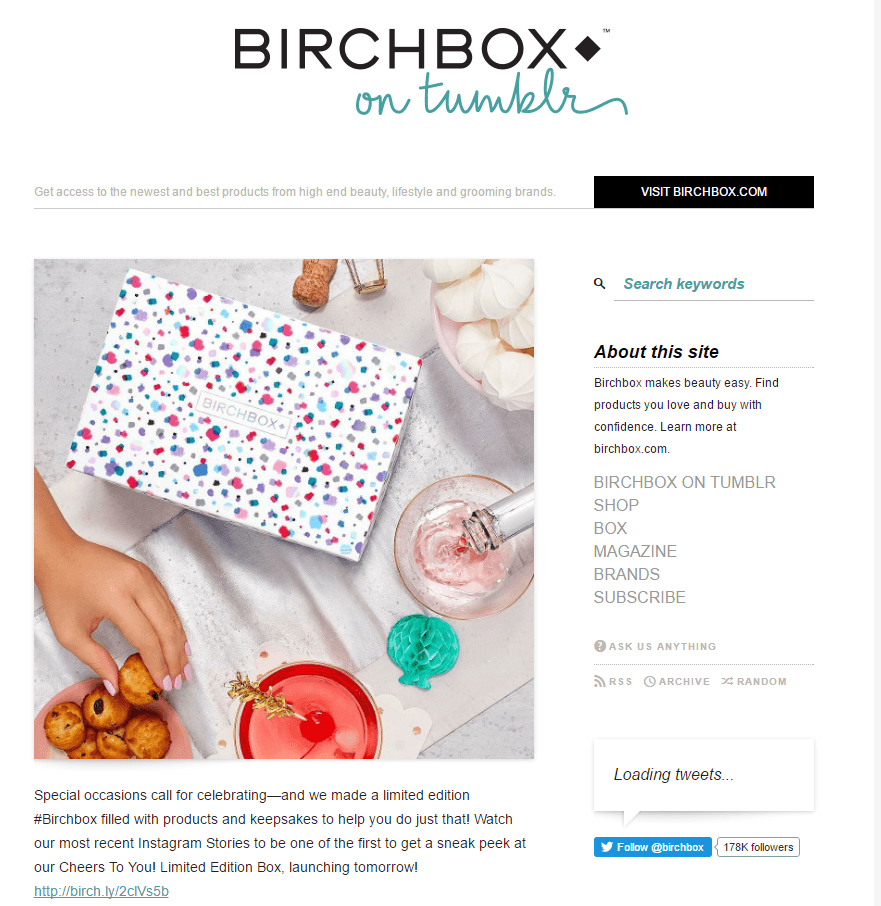Cart abandonment is a pressing challenge for online marketers.
You’re running a successful ecommerce store. You’ve figured out your ecommerce platform, organized your marketing, got a good level of traffic, and are sending regular emails to keep in touch with your customers. However, your sales are significantly smaller than they could be, because customers are dropping out before completing their buying process.
Cart abandonment emails are proven methods to recover these lost deals.
Cart Abandonment Email Statistics
Amazing but true, research shows that:
- Of customers who get around to putting a product in the cart, around 60% or more abandon before they finish buying (58% – Real-Time Marketing Report Q3 2018)
- 88% of shoppers don’t even get that far: on average 39% of shoppers look at products but only 12% cart any!
What are Abandoned Cart Emails?
Abandoned cart emails are sent to customers who have added items to their cart however failed to look at.
It’s amazingly powerful as a sales recovery strategy. Cart abandonment emails can increase your turnover by about $80K per $1m turnover.
It’s important to realize that customers frequently abandon their carts without planning to. For instance, since they got diverted and forgot, because the process was complicated, or because they recollected the item they’d chosen however not your site, so they searched again and got it from a competitor.
Abandoned Cart Email Best Practices
Abandoned cart emails are easy to create. Your customer may not have intended to abandon. Now they might need to purchase, but need a gentle reminder.
Send a copy of the shopping cart
Sending them a copy of their shopping cart is the easiest approach to recover those customers back.
Take a look at this example from Thorntons. It’s fundamentally an exceptionally simple message telling the customer what they’ve given up. Even better yet, it gives them the link to “checkout now” and effectively get back to their cart, avoiding the registration page so that they don’t need to give their info all over again.
Use Low-Commitment Calls-to-Action (Fabletics)
We can all agree that the most significant call-to-action (CTA) in your cart recovery emails is requesting people to purchase from you.
But it’s easy to forget that how you phrase your CTA has a big impact on your emails’ effectiveness to convert subscribers into buyers. After all, asking individuals to purchase from you is probably of the highest levels of commitment you can ask for.
So, instead of using the word buy in your email CTAs, reduce the scope of the commitment by rephrasing your CTA.
Social Proof
Marketers can likewise give cart abandonment emails a lift by including social proof. Star ratings give a final nudge for customers to make a purchase, while detailed reviews reassure shoppers about the product they carted.
Use Scarcity
Scarcity is a powerful psychological trigger for any marketing message… What’s more, using it in your cart recovery emails is no special case.
Informing prospects that they risk passing out on items in their cart invites them to finish their order. Beauty Bay often utilize scarcity in their cart recovery emails for this very reason. They use it subtly, but it’s especially effective when it’s placed under their call-to-action.
Be True to Your Brand
Today’s consumers want transparency and authenticity. So, if you need to fabricate a stronger relationship with your customers, why not add your company values in your emails?
Your values, of course, are evident in everything you do. But reminding abandoned cart customers of what you stand for can encourage prospects to finish their orders.
Here’s a great example from Ghurka:
Offer Support
There are many reasons people abandon their carts and it’s impossible to address all of those reasons in one email. But what you can do is incorporate your contact data for people who need to connect to ask further questions.
Here’s how Man Crates does that:
By adding their contact data below the CTA button, Man Crates can welcome prospects to reach out and defeat any objections they may have on a call.
Tempt with Related Items
Once in awhile, offering alternatives to abandoned cart items can enable return a huge sales opportunity. Visitors probably won’t have been totally sold on the items they added to their cart, yet they may be interested in comparable items they didn’t notice the first time on your site.
Check out how Birchbox uses related items:

The arrangement of the related items is viable because it doesn’t take the concentration away from the abandoned cart items. Birchbox has additionally included customer reviews to encourage buying.
There are two different ways that you can promote new products in your cart abandonment messages. You can do as Birchbox does and show comparable items, or you can show items that compliment the item(s) to build extra sales.
Conclusion
A decent abandoned cart email contains a wide range of elements that differ enormously from business to business. However, we hope that these methodologies have brought you closer to making an abandoned cart email that works for you and your customer.
An excessive number of ecommerce sites let potential revenue fly out the window since they don’t send individuals a friendly reminder that they left something.
Try not to be that business.
What are your experiences with cart abandonment emails? Send us your tweet on @BuilderFly






